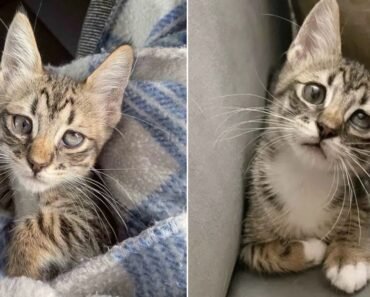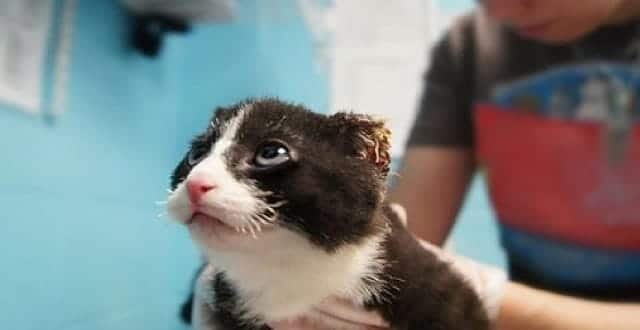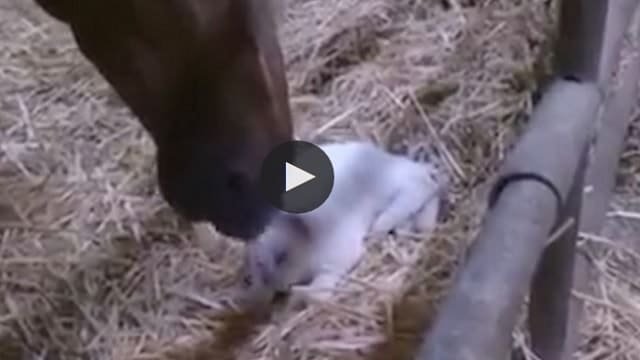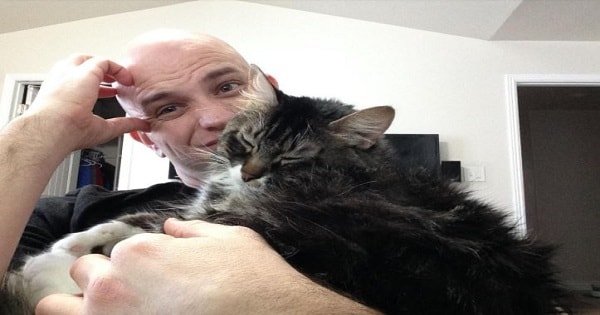FORT OGLETHORPE, GEORGIA – The stray cats that call Fort Oglethorpe home have absolutely no idea a controversy about their daily dinner is heating up.
The city is currently on a mission to stop citizens from feeding strays on its walking trails and other city property, places where cats have been showing up to eat for many many years.
City manager Ron Goulart says that feeding the cats attracts raccoons, possums and skunks and poses the threat of disease. City codes enforcer Bill Willett has also issued warnings to at least two citizens — Pam Shaw and Wally Barnes. Shaw has been cited to court for feeding cats during her regular walks on the trails there. She’s slated for a second court appearance on Feb. 25 to hear Judge Winston Webb’s verdict after having taken the matter under consideration.
The city says it has observed Shaw and others on footage from its surveillance cameras feeding the cat colonies cared for by members and friends of Catoosa Citizens for Animal Care (CCAC), which is a non-profit organization that runs trap/neuter/vaccinate/release (TNVR) and adoption programs.
CCAC volunteer and representative Lynne Hall appeared before Fort Oglethorpe city council members at their Jan. 25 meeting to explain just what the group does. Hall handed out Humane Society pamphlets that outline the “best practices” when it comes to feral cat colonies, practices she says are followed by CCAC. Cats are trapped, fixed, vaccinated, adopted out when possible, released when not.
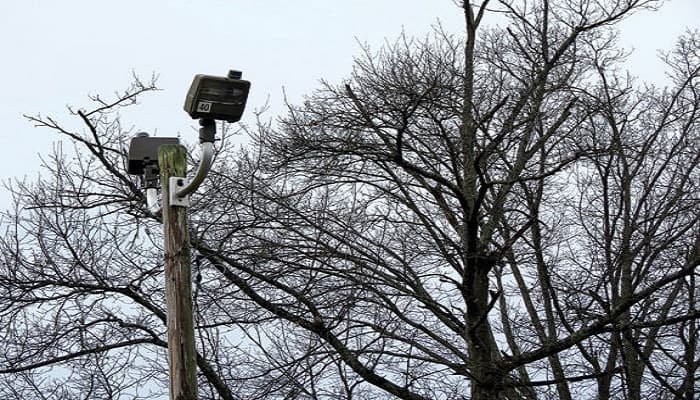
On camera Pam Shaw and Wally Barnes were notified by Fort Oglethorpe officials that they were observed on camera feeding cats. (Catoosa News Photo/Tamara Wolk)
In 2014, CCAC notes on its website, the group adopted out 802 animals, which included 664 cats. Another 117 cats were TNVR animals. The group also provided vet care for 872 foster animals and for 291 animals with owners.
Hall explained that CCAC engages in what is considered “controlled feeding” — the cats know feeding times and feeders retrieve leftover food when the cats are done eating.
“We have no control over what people put in the trash receptacles on public property,” said Hall, “but we don’t leave cat food for wild animals to find.”
“The reason we have these colonies,” says CCAC president Kelly Evans, “is because people dump and abandon their cats. Even feral cats are domestic cats. They lack the instincts and skills to survive entirely on their own like wild animals can.”
Evans says her organization works hard raising funds and caring for the cats. Unfed cats, she says, will move closer and closer to people’s homes in an effort to find dependable places to eat.

No control over garbage
CCAC volunteer Lynne Hall says her group has no control over what people put in city trash cans like this one at Gilbert-Stephenson Park on Van Cleve Street. (Catoosa News Photo/Tamara Wolk)
“If we stop what we’re doing — the TNVR and controlled feeding, the cat population will explode,” says Wally Barnes. “We’ve improved the situation. We’re the only line of defense right now against a real problem.”
“Starving cats to get rid of them doesn’t work,” says Evans. “People will continue to abandon cats. It’s because we feed and monitor them that we can trap them, get them fixed and vaccinated and keep the population from growing and disease from spreading. We’re the ones working to solve the problem, based on sound research — we’re not the ones causing a problem.”
CCAC’s goal is to reach a compromise which will be good for everyone, including the cats.
“A good option,” says Hall, “would be for the city to post signs that explain that the cat colonies are fed and cared for by CCAC and that others should not feed them.”

